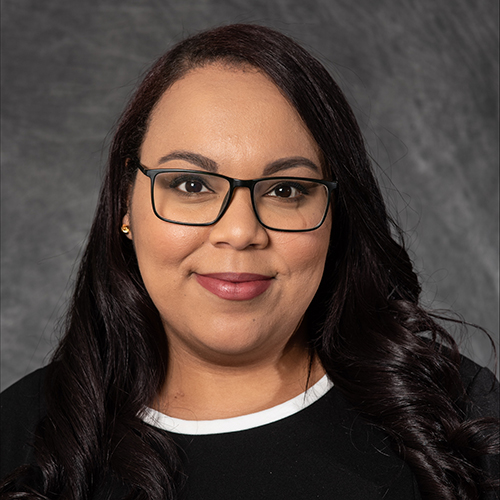Statement of Jocelyn Frye, President of the National Partnership for Women & Families WASHINGTON, D.C. – June 28, 2024 – Today, the Supreme Court upended sound, longstanding, legal precedent that has provided protections for everyday people for decades...

Equitable Pay & the WNBA
Today marks the official kickoff of the WNBA basketball season. From pre-season sellouts to record views, the spotlight is on the WNBA. As news outlets buzz with predictions, records, and highlights of the players of the WNBA, the topic of equal pay has also taken center stage.
Just weeks after ending her run as a college basketball star, Caitlin Clark is at the center of attention again – and so is her rookie contract. Clark’s contract currently leaves her with a small fraction of the millions her male counterparts have earned despite making history as an NCAA Division I overall top scorer, and being the No.1 overall pick in the WNBA draft.
Per the collective bargaining agreement, Clark will only earn just over $300,000 over her four-year contract. Even with endorsements and partnership agreements, Clark still only stands to make just over $3 million over the next four years. In stark comparison, the previous year, Victor Wembanyama, the No.1 pick in the NBA draft, secured a $55 million four-year contract.
The issue of unequal pay in sports is unfortunately not a new one. For years, women in major sports have been grossly underpaid, and villainized when speaking out against pay disparities. From soccer to basketball, women are constantly forced to advocate for more equitable pay. Simply because the WNBA is younger than its NBA counterpart and revenue has not yet reached the level of the NBA, does not mean that women should be saddled with unfair and inequitable shared revenue agreements. In fact, WNBA athletes are not asking for multi-million dollar contracts, the ask is equity. The NBA has paid its players between 49 and 51 percent of the league’s revenue, WNBA players have taken home a maximum of 22.8 percent.
“As athletes, we have to fight. As women, we have to fight… And we need more people at our table to fight with us.”
— Skylar Diggins-Smith
National Partnership for Women & Families analysis finds that men are the vast majority of athletes, compromising 87 percent of workers who report being an athlete or sports competitor. Among these athletes, women typically report making $28,329 annually, just 70 percent of what their male counterparts make ($40,188).
Further our analysis from the National Partnership for Women & Families shows that women across various industries make just 78 cents for every dollar white, non-hispanic men make. This wage gap adds up to more than $11,000 for a woman in the course of a year, costing all women more than $1.6 trillion in pay each year.
For women of color and disabled women – who face additional systemic barriers to job equity and economic growth – the pay gap is even worse: in comparison to white, non-Hispanic men, Black women are typically paid just 66 cents for every dollar paid to white, non-Hispanic men. Latinas are typically paid just 52 cents. Native American women are typically paid just 55 cents. And Asian American, Native Hawaiian and Pacific Islander women are typically paid 80 cents.
Black women make up more than half of WNBA players. Not only are WNBA players subject to lower pay based on sex, but also the binds of racism, and more.
The impact of the inequitable pay of the WNBA is undeniable. We know all too well the tragic story of Britney Griner who left to play basketball in Russia, because she was paid so little as a WNBA athlete in the United States. That decision led to her harrowing imprisonment in Russia for nearly a year. No player should have to risk their lives or look for work in unsafe places just to close the wage gap.
It’s clear that the league has the ability to make the change when needed. For example, news recently broke that the WNBA will now charter private planes for players – even though this has been the norm for years for the NBA. The change came just after a video of Caitlin Clark surfaced in the Dallas airport with a throng of eager fans following her.
The time is now to acknowledge and value women in sports. It is critical to recognize that this is not just about the pay, but the principle of the matter – women athletes deserve equity.
Credits: Author would like to thank Gail Zuagar, Molly Kozlowski, Amaya Smith, Katherine Gallagher Robbins and Mettabel Law for their contributions.
Methods note: The wage gap for athletes is based on American Community Survey Data for 2019-2022 from IPUMS (https://usa.ipums.org/usa/). Figures are median annual earnings for workers who report their primary occupation as athlete or sports competitor among people who reported working last year and have positive earnings. A respondent’s “primary occupation is the one from which the person earns the most money; if respondents were not sure about this, they were to report the one at which they spent the most time.” If the pool of people is narrowed to athletes who work at least half the year (26 weeks or more), women report median annual earnings of $45,000, just 87 percent of men’s earnings ($51,670). Data are insufficient to examine the wage gaps for women of color.

